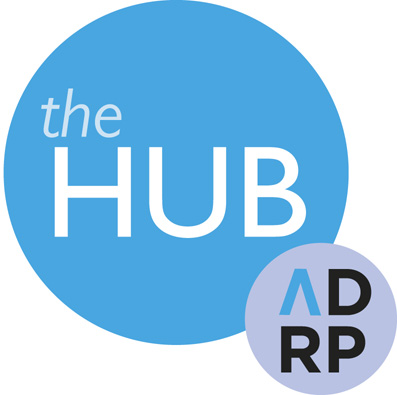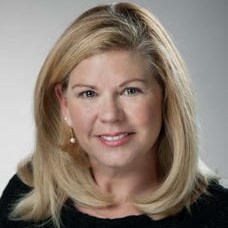
Member Spotlight: Katherine Elizabeth Armstrong
 Katherine Elizabeth Armstrong Katherine Elizabeth Armstrong
Donor Relations Coordinator
Georgia O'Keeffe Museum
ADRP Member for 1 Year
How long have you worked in donor relations/stewardship and how did you get involved in this profession?
For many years, I was a teacher and loved my work . . . really making a difference in the lives of children and families. However, when I returned to my alma mater in pursuit of a second master’s degree, I was taken by the Master of Public Affairs program at Indiana University. I jumped on board and began a journey of discovery in the fields of non-profit management. I interned at the Georgia O’Keeffe Museum in Santa Fe, New Mexico, and was later hired on as part of the Advancement team.
Could you tell us something about the organization you work for?
The O’Keeffe is a single artist museum celebrating the life and work of American artist Georgia O’Keeffe. The Museum’s collections of over 3,000 works comprise 140 O’Keeffe oil paintings, nearly 700 drawings, and hundreds of additional works dating from 1901 to 1984. Along with the Galleries in Santa Fe, the Museum is responsible for the care and preservation of The O’Keeffe Historic Properties – her homes – north of Santa Fe, in the village of Abiquiu, and on Ghost Ranch. The Historic Bergere House on Grant Avenue in Santa Fe houses offices for curatorial staff, fellows, the Engle Family Foundation Research Library, as well as the O’Keeffe and Stieglitz archives collection.
What do you like most about being a member of ADRP?
The 2018 Conference was my first. I was so impressed by all the great donor relations professionals that I met while at the conference. The presentations given were comprehensive and immediately applicable to my work.
What is your greatest donor relations/stewardship achievement?
The Georgia O’Keeffe Museum is at a critical juncture in its evolution as a non-profit organization. The Museum is just over 20 years old. The founding members and donors have aged and the funding they provided as part of the Museum’s inner circle will begin to wane. This is the point at which non-profit organizations pass into obscurity or thrive into the future due to the successful cultivation of new high-capacity donors coming on board to step up and ensure financial stability for the organization well into the future. Through the prospect research I do, I bring new donors to the organization. The research results that I am able to provide to senior staff at the museum has informed meaningful cultivation with the new high-capacity prospects the Museum needs. I am currently researching and, through this work, informing the cultivation actions taken by senior staff on nearly 65 new donor prospects. The work requires a healthy level of curiosity and tenacity on the part of the researcher and provides the foundation on which future prospects of the Museum can be continuously cultivated.
What is the most important professional goal you are currently pursuing, i.e., attaining a degree, preparing to give a presentation, launching an initiative at work or in your community, etc.?
As previously mentioned, I am pursuing an MPA. Other than that, it is about learning as much as possible on the job.
How big a role does the use of social media play in your work?
Our Communications Department relies heavily on social media. The Advancement Department will be leveraging this platform more as well, particularly as the Museum’s audience becomes younger.
Is there a resource, i.e., book, blog, website, etc., that you would recommend to other ADRP members?
I would recommend Newspapers.com as an excellent resource for conducting research. I have found it to be useful when researching older prospects for the organization. It is an easily navigable site, with features that allow for articles to be clipped and saved as PDFs, which can then be uploaded to the donor database.
What is the best piece of professional advice you have ever received?
In particular to juggling a full-time job and pursuing a degree at the same time, I was advised to “forgive myself” when I have nachos for dinner, for the third time in a week.
Are there any particular stories, insights, etc., from your experiences in donor relations and stewardship that you would like to share with our colleagues?
Donor relations requires many of the same skills needed in the hospitality industry. Relationship building through the practice of grace and courtesy is key for return guests and donor retention alike. It is about outcomes, not outputs. Authentic, donor-centered interactions are crucial for the longevity of non-profit organizations. In my opinion, it’s what makes the job great!

Back to the May 2019 Hub
|